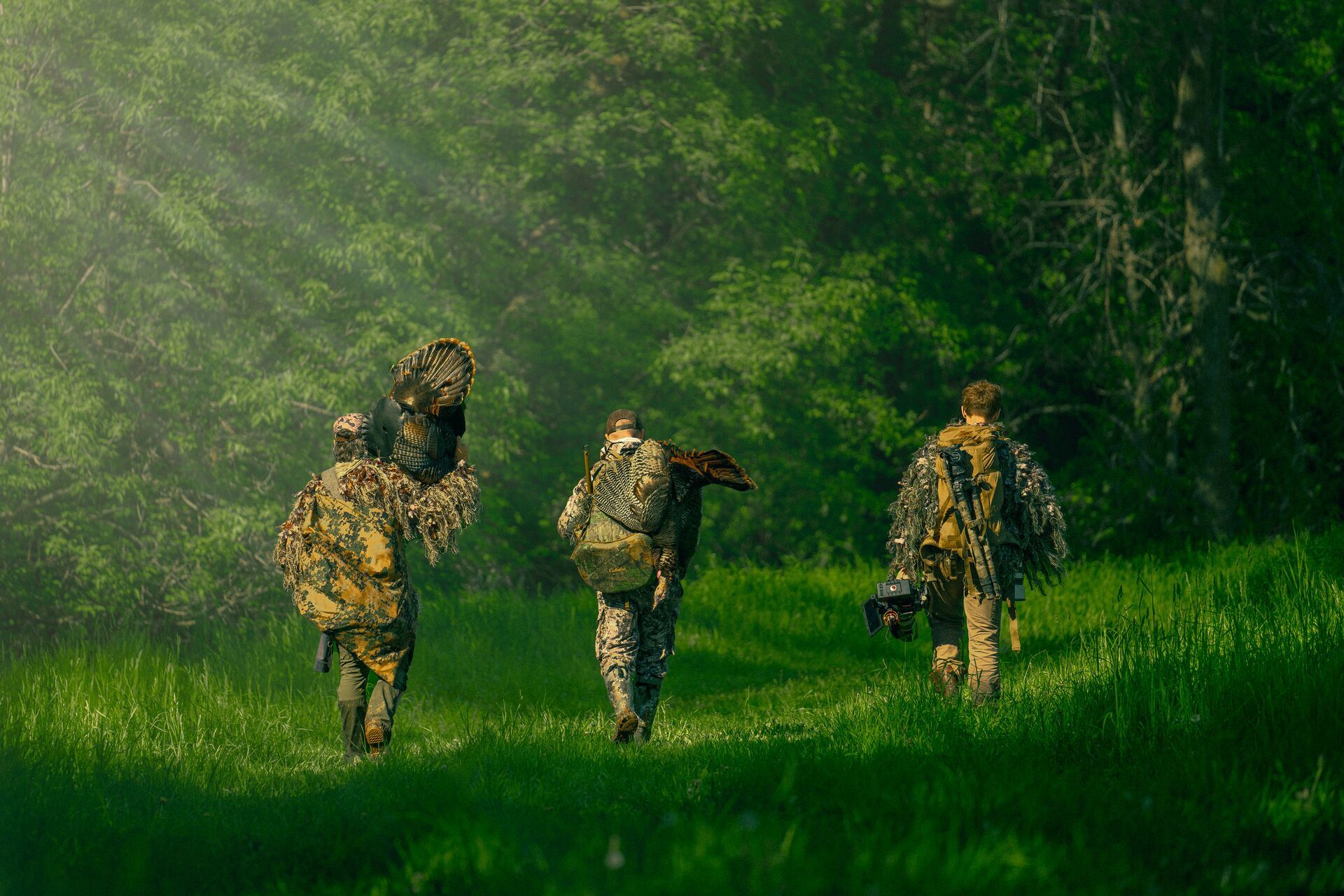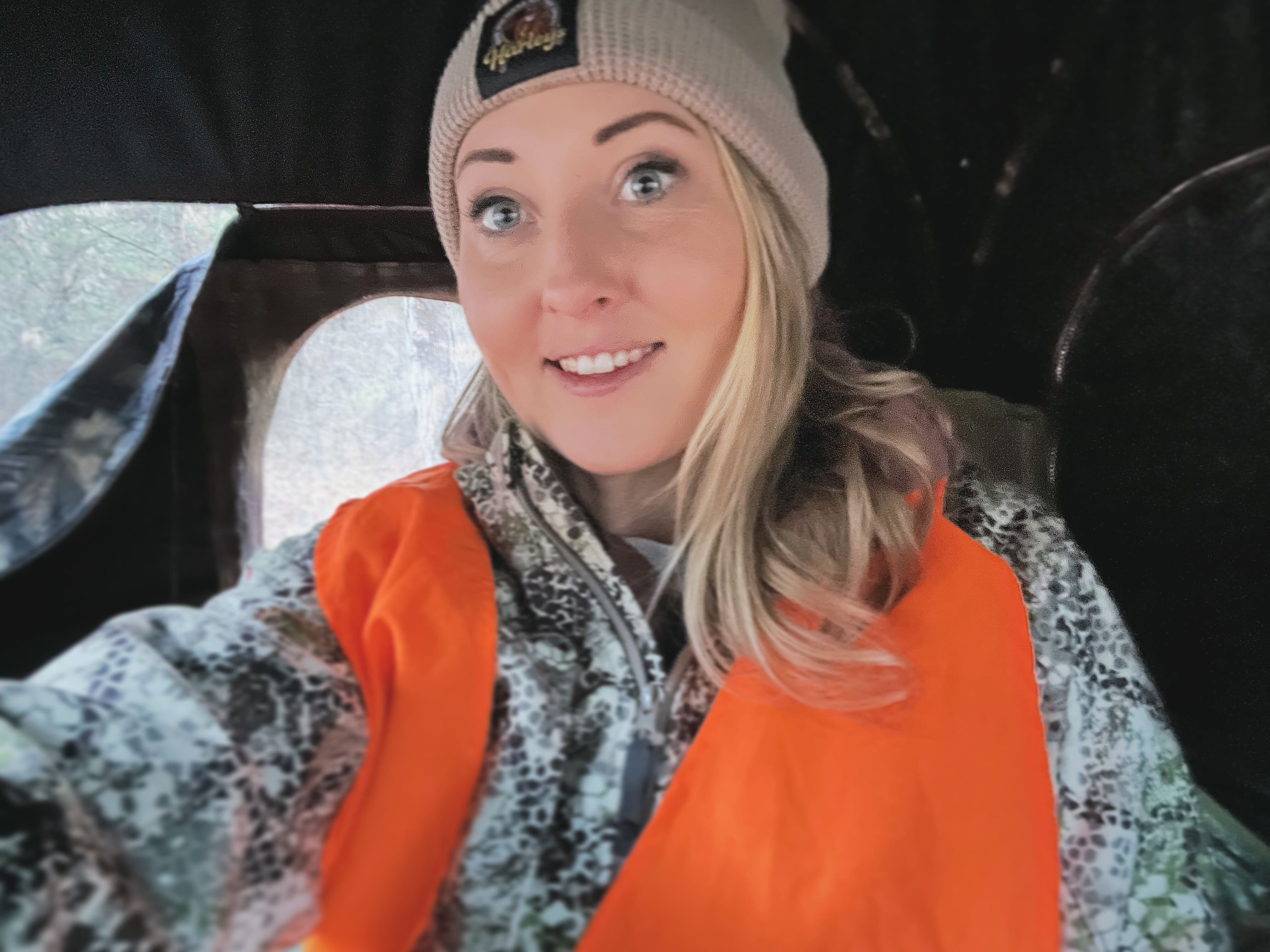As the Spring landscape shifts and the woods come alive with the excited gobbles of breeding birds, there's still no guarantee that you'll get onto one. As we continue our series about "The Year-Round Hunter," picking up where we left off after shed hunting and scouting in March, we'll share some turkey hunting tips for a rewarding April hunt!
We'll cover:
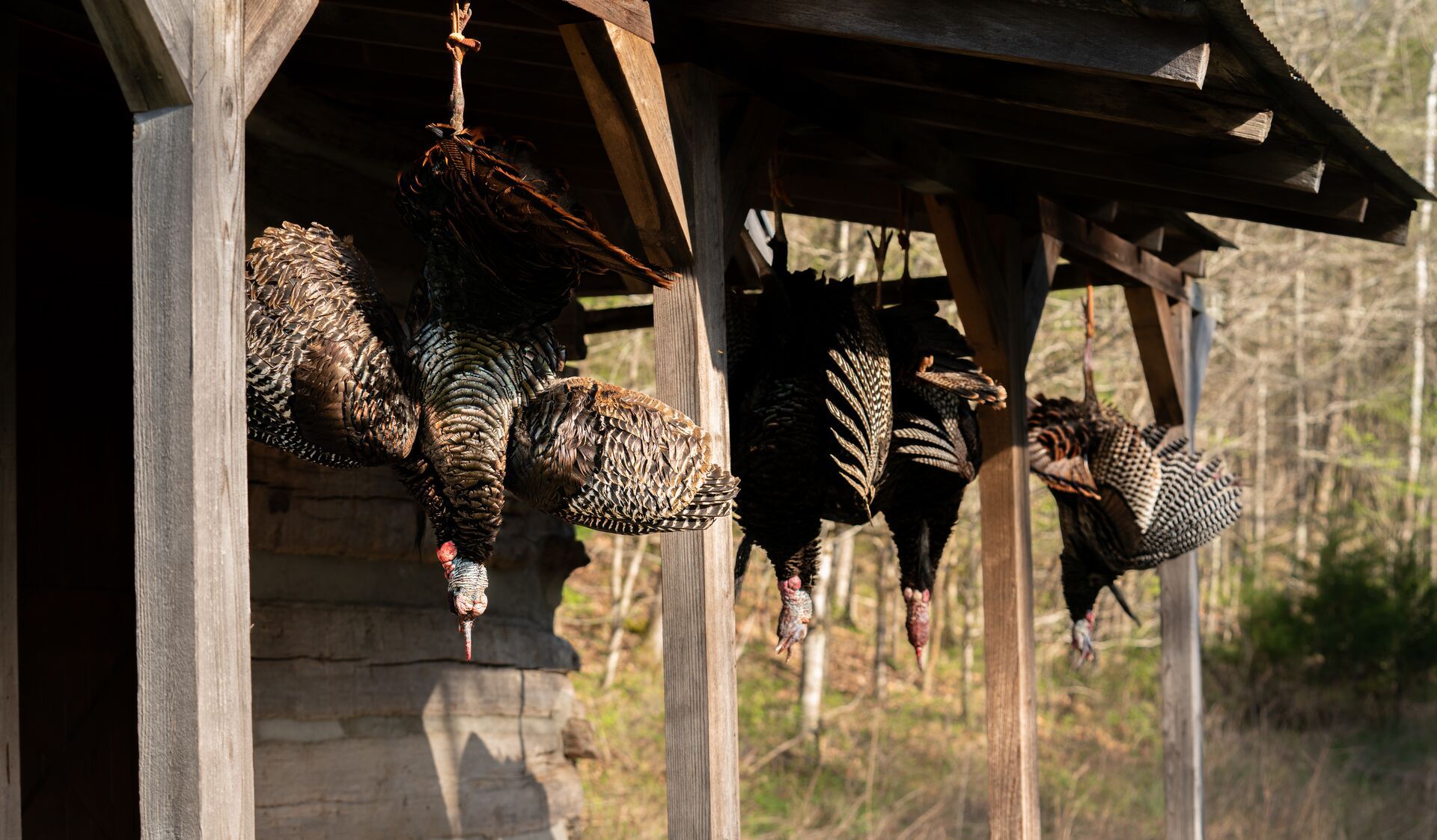
Start by Learning About Turkey Behavior in April
The turkey breeding season is in full swing during April, meaning their behavior is focused on breeding and attraction. You'll first notice how active these birds are during the mating season, with elaborate calls echoing through the brushland in the early morning and late afternoon.
Calls during this time are generally to attract females and warn off competing males. Birds are highly responsive, so grab a call and get practicing. You'll also note an elaborate mating display by the gobblers to attract hens with a puffing of the feathers and a striking tail fan showcasing their colorful plumage.
Mornings are typically active with gobblers looking for hens; afternoons can offer less competition as hen's nest. However, you can still get lucky with the right call and location.
As the weather warms, female birds become more cautious and seek hidden roosting locations away from the warm sun and predators. Nesting may occur in dense brush, underbrush, or amongst tall trees with a strong branch network. They'll follow feeding and strut zones and require water access.
To pinpoint where to hunt, start by searching on the HuntWise mapping feature for areas that align with these behaviors and start marking them in the pre-April season for some early scouting.
Morning Turkey Hunting Strategies
If you want to get out in the field, observe turkey movements, and hear some strong calls, I recommend a pre-dawn scouting session to confirm roosting sites you've marked on your mapping feature and establish a shooting position before the turkeys fly down. Tracks, droppings, markings, and feathers can indicate that it is an active site, and if there are birds there, you'll know about it fairly quickly.
Locating these roosts will be the foundation of your hunting strategy, as big toms will soon follow where the females are. To help the process, use soft calls, such as tree yelps and soft clucks, to mimic a waking hen.
Regarding your early morning setup, position yourself within 150-200 yards of the roost in cover, ensuring you're not directly in their fly-down path. Consider using ground blinds or portable hunting blinds for additional cover — use a natural cover that will break up your silhouette and allow you to blend into the environment.
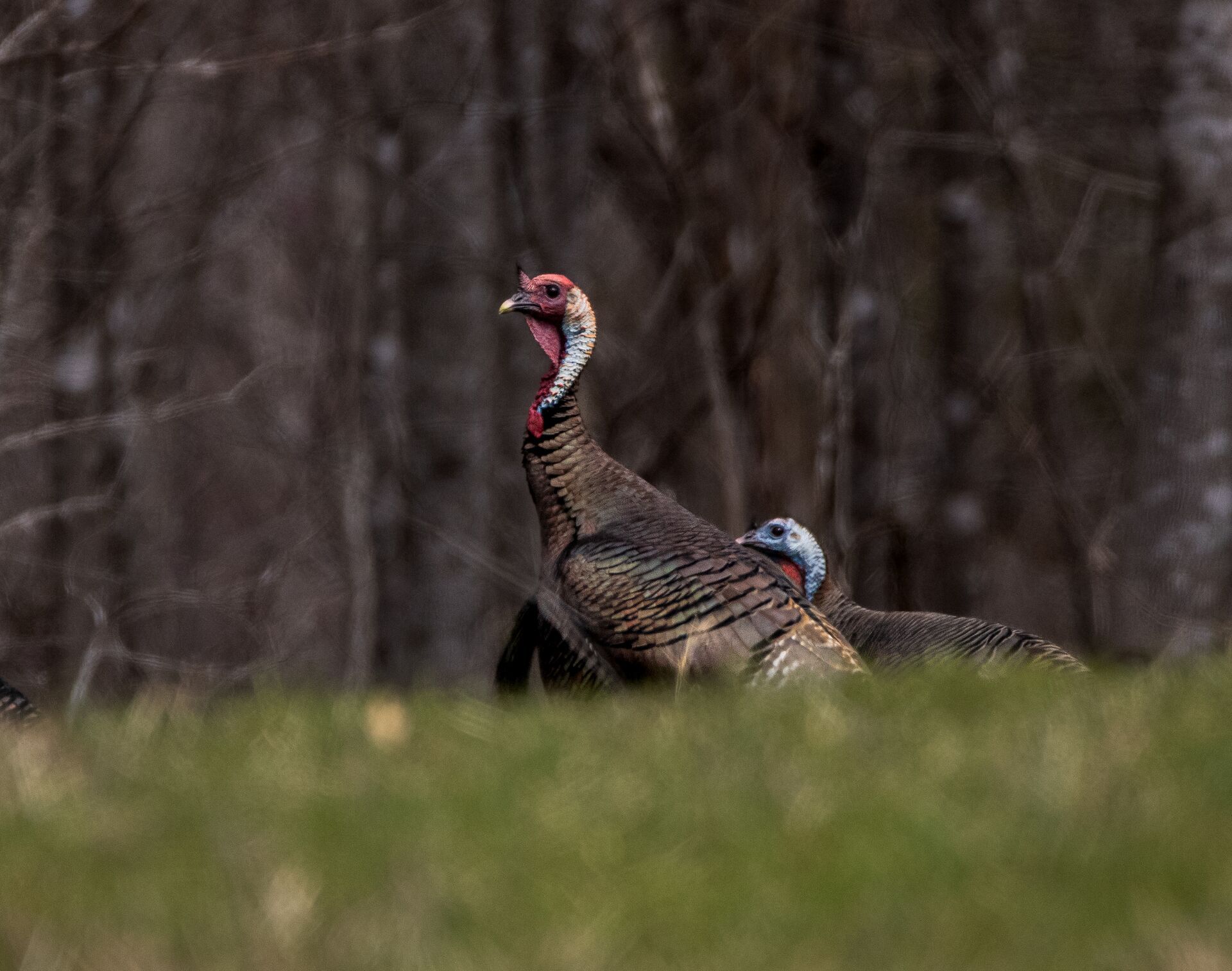
Afternoon Turkey Hunting Strategies
After a dip in the midday action, things start to ramp up again around early to late afternoon, as gobblers often strut in open areas. Leverage a good pair of binoculars to spot and carefully close the distance. Opt for anti-glaring coated binoculars with adjustable cups and sturdy construction for warmer weather.
Use soft calls sparingly, such as clucks and purrs, to mimic feeding hens, allowing for sufficient silence breaks. Gobblers may respond well to this and search out of curiosity to target late hens. Target mixed environments and field edges that offer shade protection, where gobblers will often rest up during the afternoon heat and become vocal again in the later afternoon as the temperature drops.
Decoy Setups For Success
Regarding decoys, try a Jake and hen combo to challenge dominant gobblers for an early-morning setup. If you do not have much response, consider changing your options, such as playing around with jakes, whole strut toms, or single hens later in the morning.
When choosing a location, set the turkey decoys 15-20 yards away and upwind and visible to turkey pathways–food sources, pathways, and water access are great locations to get started with a simple setup.
When the afternoon rolls around, you must adapt your turkey decoy setup to match the turkey's behavior and natural changes. Opt for a lone hen decoy to attract lone gobblers still looking to pair up, and use sparing calls to draw in these lone birds.
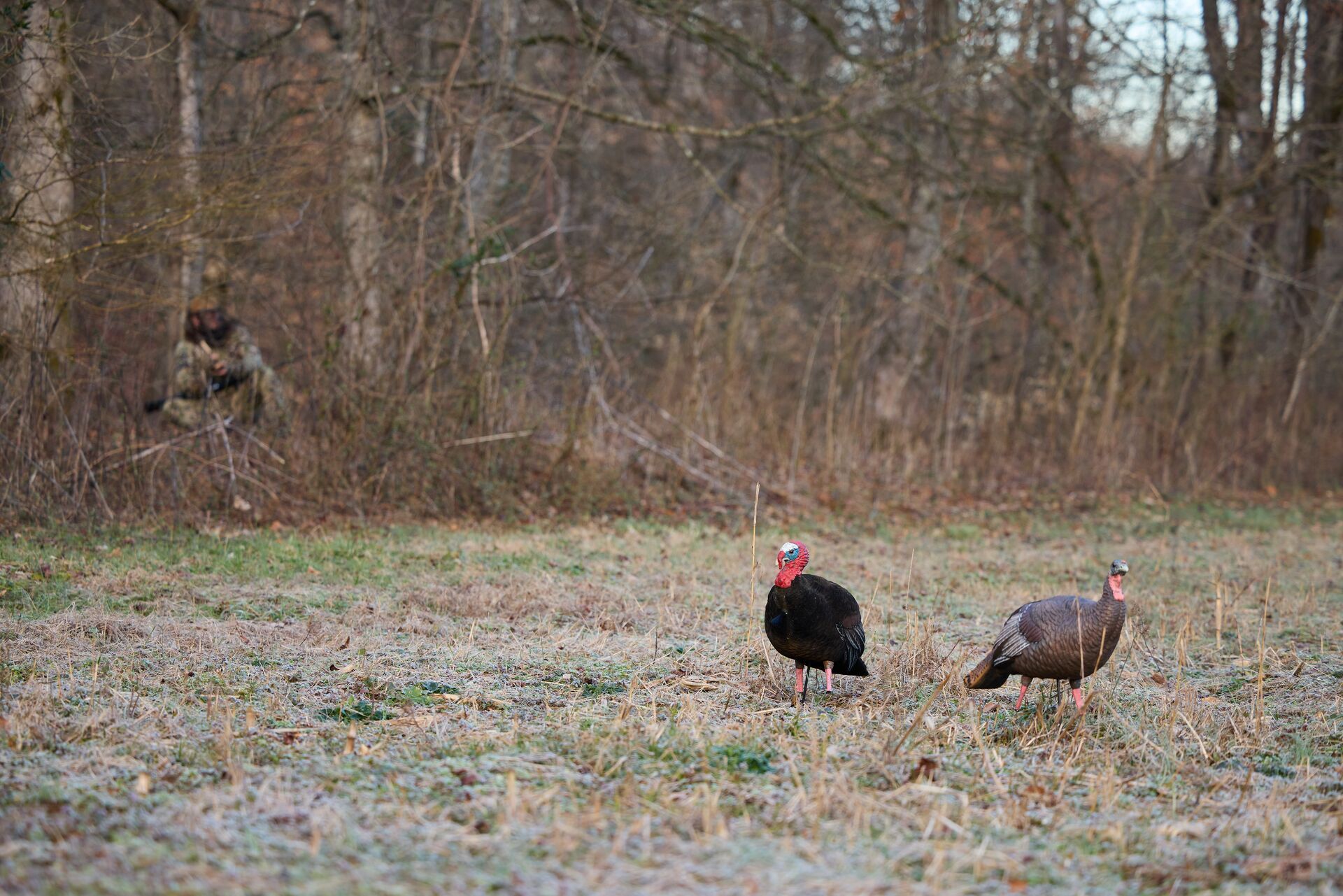
Mastering Turkey Calls
Get comfortable with various calls, including box, slate, and diaphragm, and how they can be incorporated into your decoy setup and the hunting environment. To get started, the practice box calls for long-range calling, and utilizing slate and diaphragm calls for a more precise and targeted calling strategy.
When it comes to mastering vocalizations, a keep-it-simple strategy is best. Begin by practicing simple yet high-frequency calls such as clucks, purrs, cuts, and yelps to attract the gobblers and mimic the communication patterns. Pay close attention to the early morning cries echoing through the forest — how many birds does it sound like? How frequent is the calling?
Take field notes on the turkey's vocalization, observe how gobblers react, and modify your calls accordingly. You can track notes in your HuntWise app to keep all of your hunt-related information in one place!
Gear Tips For April Turkey Hunts
While you won't have that early morning winter chill, April hunts can still be unpredictable and rainy. Get started with your clothing by building a moisture-wicking base layer with synthetic materials. Next, add insulating mid-layers that can be quickly removed as the day heats up and a waterproof outer layer to block wind and rain.
One of your top priorities should be comfortable boots for mobility in wet or uneven terrain. Insulated boots should be fine as the weather is mild, but a strong track pattern is essential if you plan to pack out to more remote locations.
Calls, ammo, pocket knife, sunglasses, and more should all fit nicely into a sturdy turkey vest. Much like a fishing vest, a turkey vest is very personal. Play around with the pockets to discover what feels most intuitive to your hunting needs. Generally, keep high-impact, high-frequency items in the most accessible pockets and move backward from there.
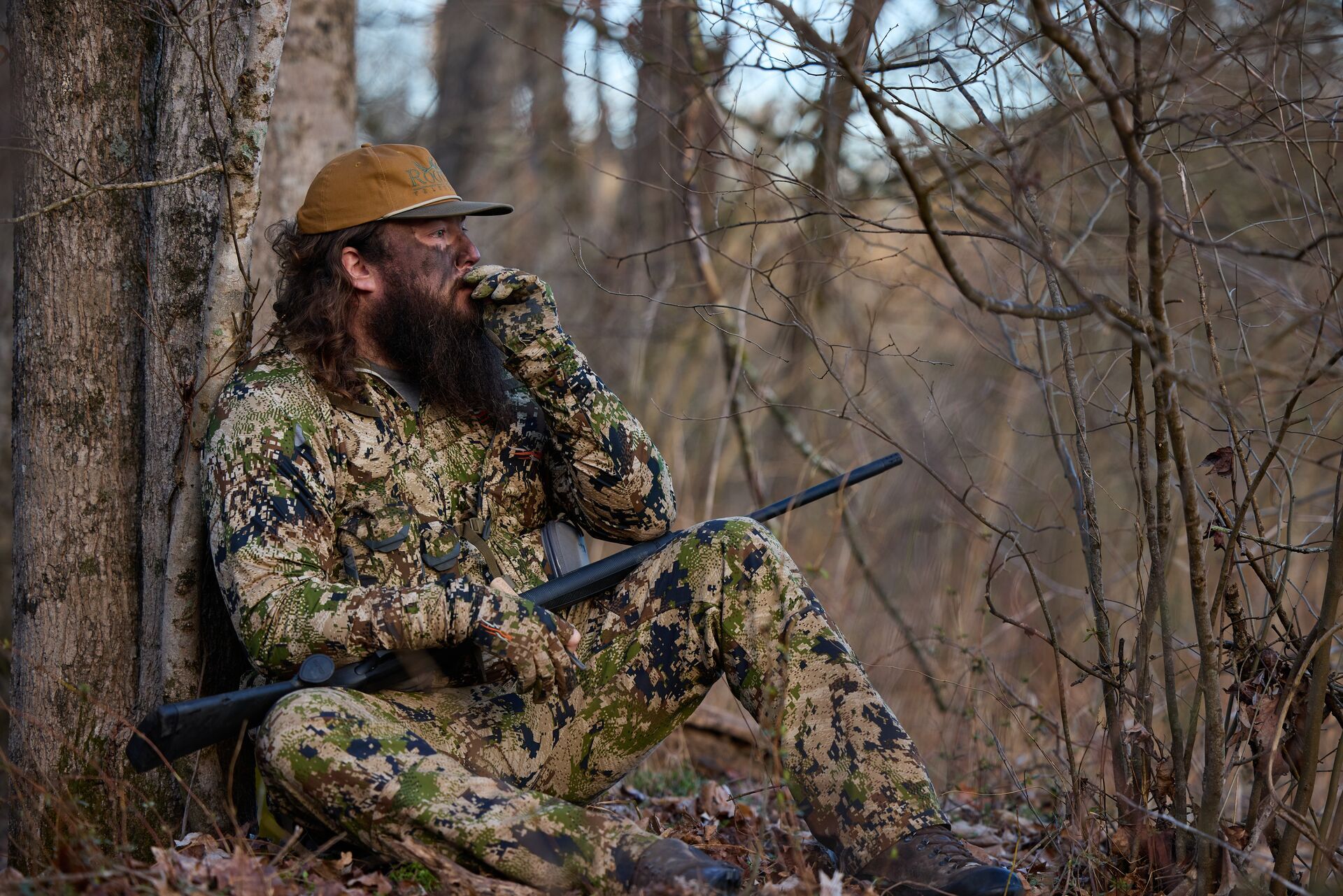
Adapt To Changing Weather and Conditions
An April or spring turkey hunt requires both adaptability and extensive preparation regarding weather patterns. For example, during periods of rain, turkeys often feed in open fields. Whereas, when the weather warms, it can be a great idea to target shaded areas where turkeys may seek relief from heat.
You may need to use louder calls, such as box or trumpet calls, to cut through the noise when adapting to windy conditions.
To stay on top of changing weather patterns, download the HuntWise app. You'll find accurate, hour-by-hour weather forecasting with winding, barometric pressure insights, and more to pinpoint the best times to head out into the field.
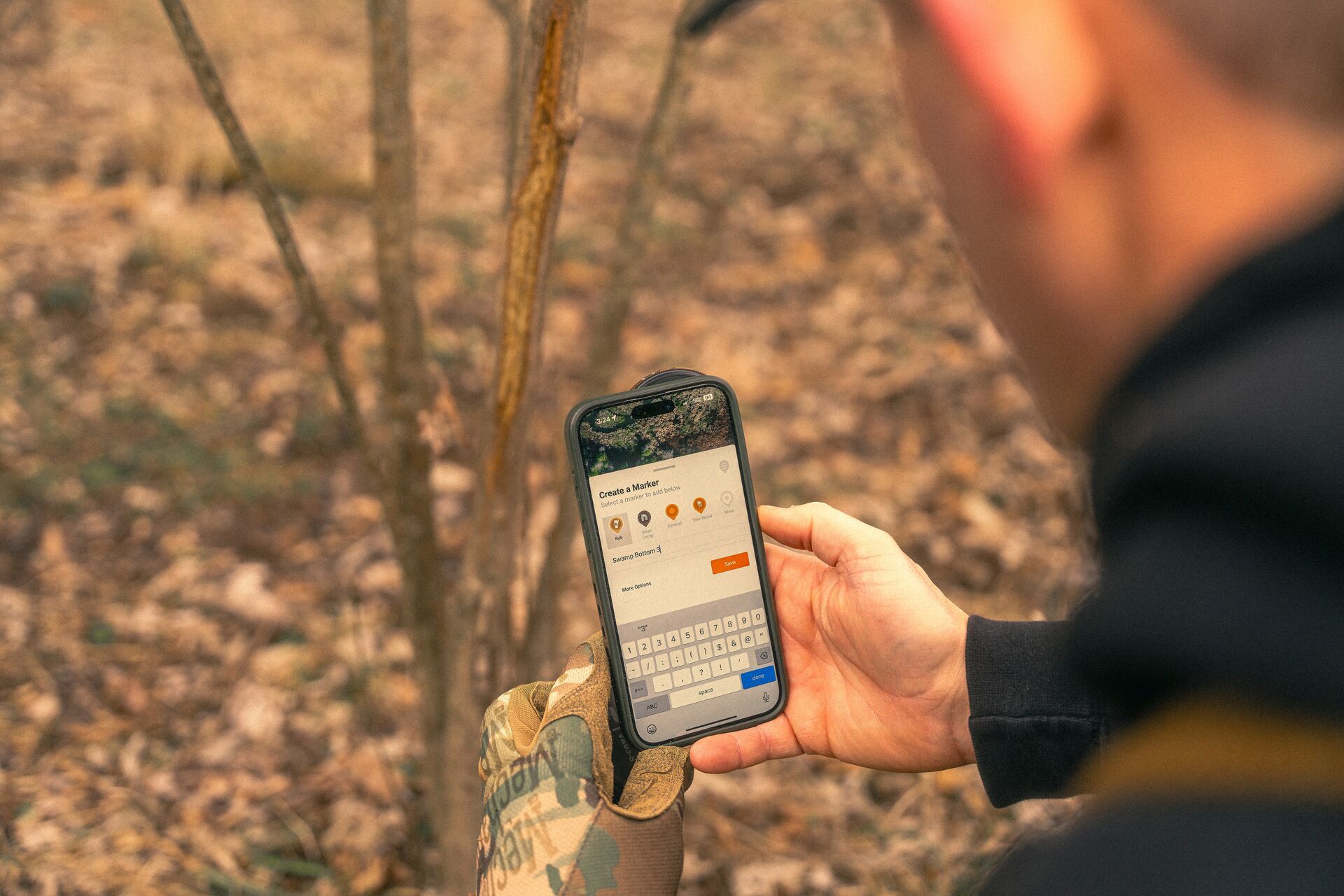
Use These Turkey Hunting Tips and HuntWise for a Successful Spring Hunt
There's nothing quite like a spring turkey hunt as the landscape springs to life with light greens, warm sun, and the excitement of some loud gobbles that carry through the brushland. Not only is it a great way to acquire some healthy game meat, but it's also perfect for connecting with nature and spending time with friends and family.
We hope the turkey hunting tips we've shared today are helpful!
To make the most of one of the best hunts on the North American hunting roster, grab the HuntWise app. With mapping features, landowner contact details, elite weather forecasting, and more, you can plan, execute, and enjoy the ultimate spring turkey hunt.
Download HuntWise and start your Free Trial to plan your hunt — free — during your first week in the app.

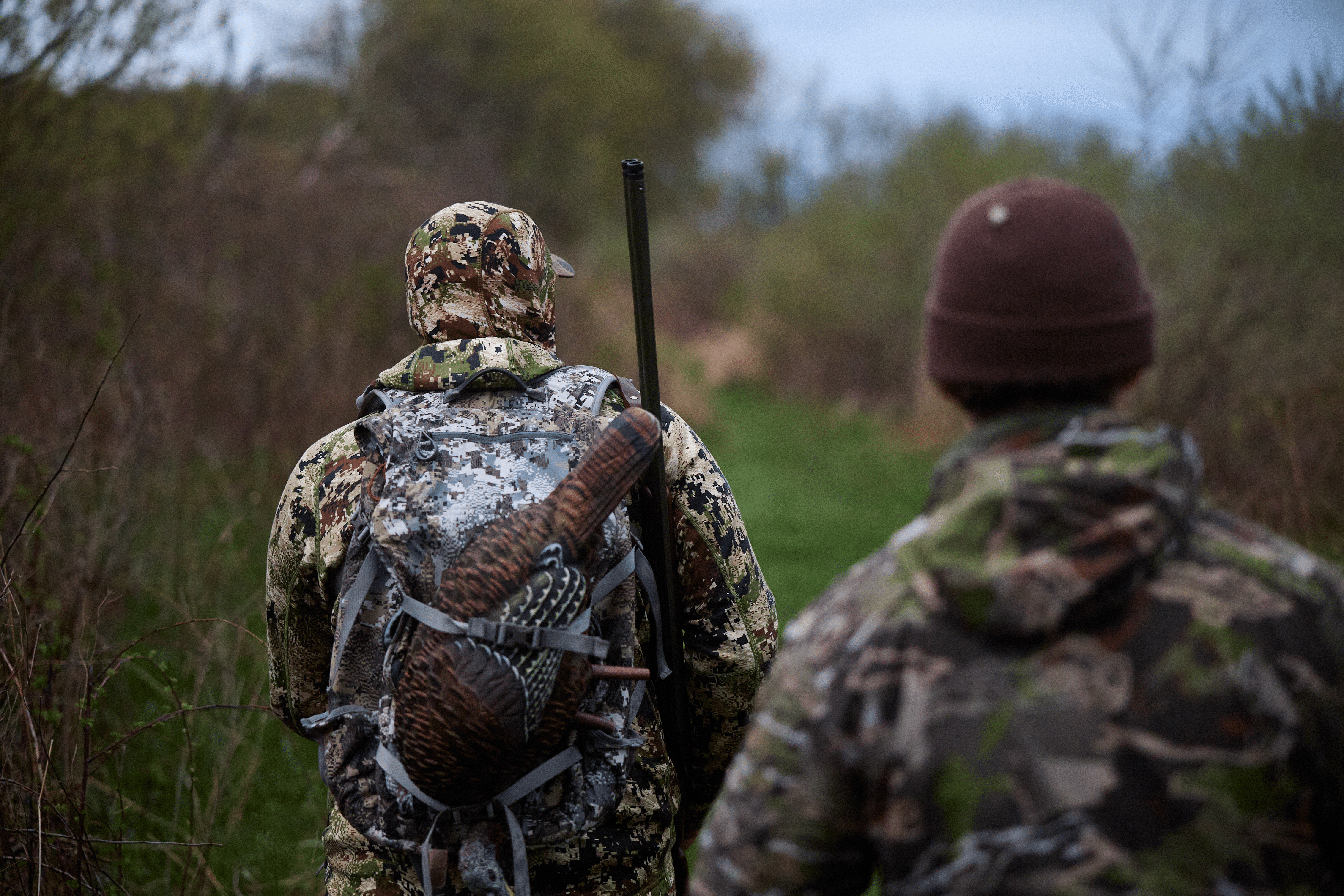
 Turkey
Turkey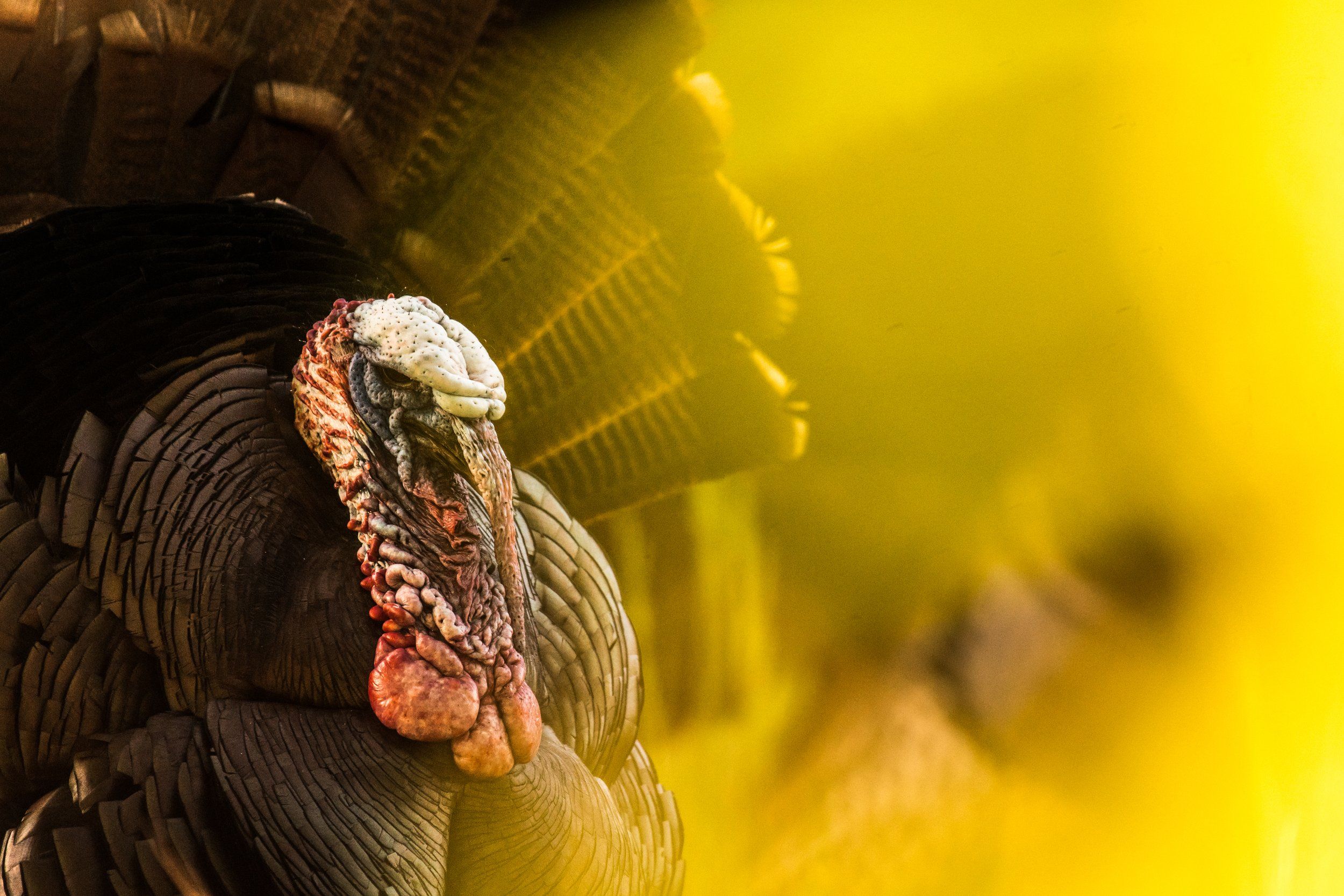 Turkey
Turkey Turkey
Turkey